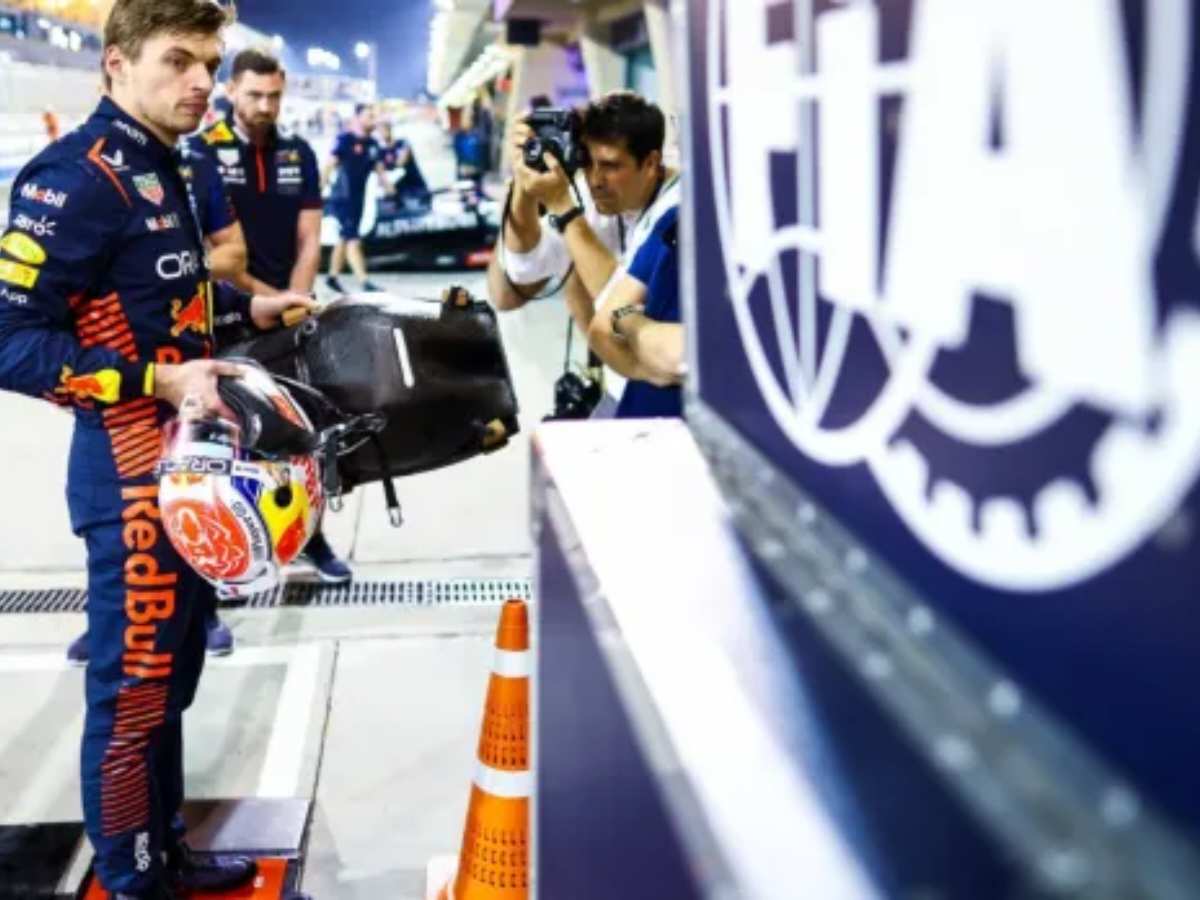Why do F1 drivers get weighed after every session?
Measuring the weight of the F1 drivers after every session is an extremely important part of a Grand Prix weekend.

Max Verstappen
🔍 Explore this post with:
F1, over the years, has become a global phenomenon that is cherished all over the globe. While everything from the outside looks crystal clear about the sport, not many are aware of the intricate technicalities that often fly under the radar during Grand Prix weekends. One such thing about F1 is the measurement of the weights of the drivers after each and every session.
This rule has been in place for several years. It is believed that the reason is to ensure that the F1 teams cannot get any tactical advantage. At the pinnacle of motor racing, every milligram matters a lot, and this is very much evident from the car designs in the sport. Many teams prefer to keep some part of the carbon fiber exposed on the car in order to save every milligram possible.
Considering this, the less the driver weighs, the better it is for the team. However, while this was the case for several years, in 2019, a minimum weight limit of 80 Kg was introduced. The figure is arrived by factoring in the safety equipment such as the helmet, HANS device, overalls, gloves, and shoes that a driver must wear.
Moreover, the above-mentioned figure is mostly greater in every driver’s case, and thus the drivers have ballast applied. The ballast is applied to the cockpit and cannot be placed anywhere else in the livery to gain a tactical advantage over the other teams. After this, the weight of the driver is then combined with the weight of the car to ensure that the minimum weight limit target has been hit. The weight check that takes place at the end of each session is just a formality to ensure that, just like the cars that have their own weight restrictions, a driver is also abiding by the rules.
Discover: How do red flags work in Formula 1?
The F1 driver weights information is extremely important in their rehabilitation process

While the measurement of the weight of the drivers is extremely important from the race official’s point of view, another reason for the weight measurement is very much in the personal interest of the drivers. Another reason for weighing a driver is to ascertain the level of weight loss after a full-fledged F1 Grand Prix.
The information helps the team and drivers ‘physios immensely in tracking how much fluid has been lost and ascertaining the best course of action to rehabilitate a driver and bring them back to full-race fitness. It is believed that the weight loss is often between 2-3 kilos, but at some of the hotter circuits like Singapore, the figure can sometimes go out of the expected range.
Taking the above information into account, it is clear that there is a lot about F1 that many fans of the sport are not aware of. However, it is not an easy task for the fans to get information about everything that goes on in the sport behind the scenes. F1 is a technical sport, and it will always remain one considering how unpredictable the sport has proved every now and then.
In case you missed it:

